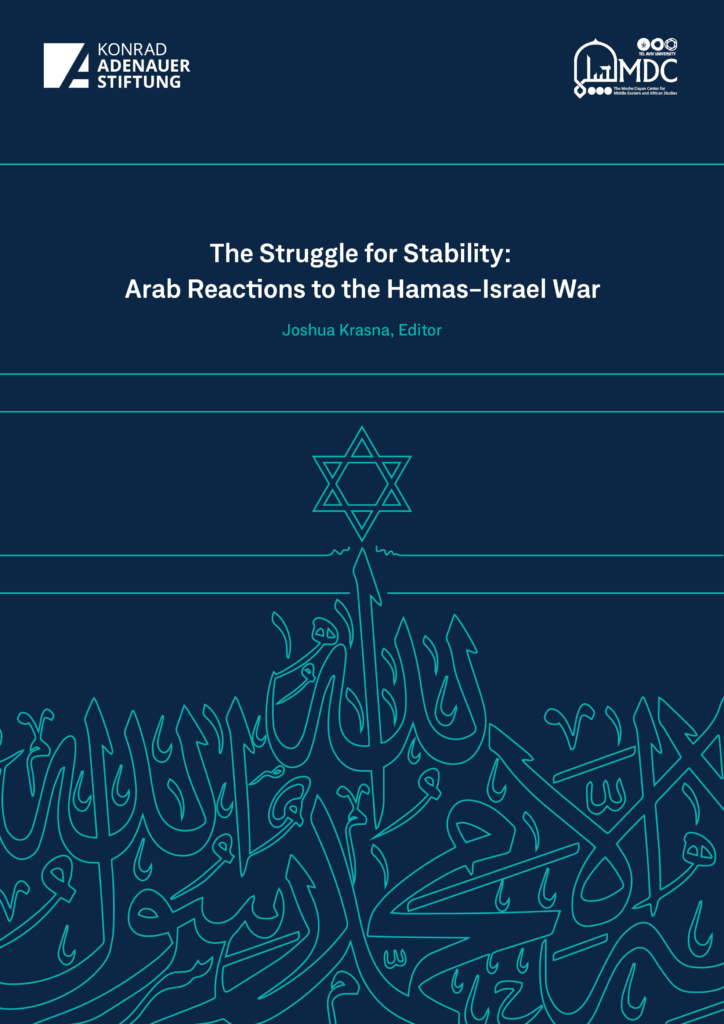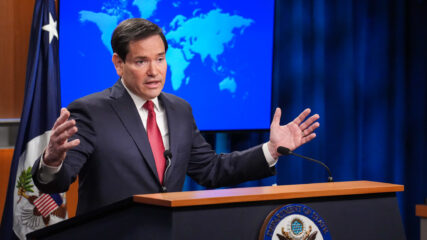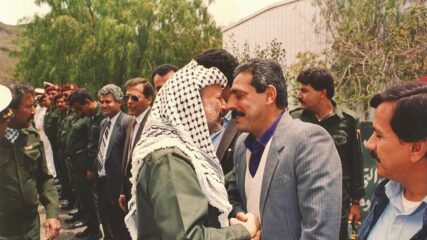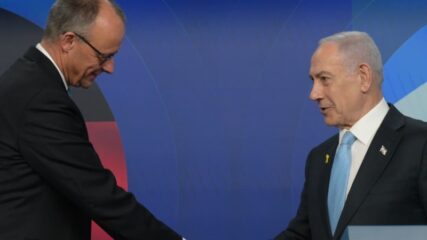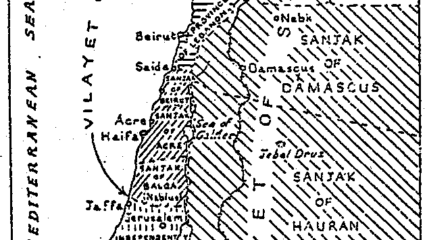Posted by the Moshe Dayan Center in March 2024 and shared with MDC permission, this collection of seven essays plus an extensive introduction examines Arab views of the war across the Middle East and North Africa.
“In early autumn 2023, there seemed to be much reason for optimism about the future of the Middle East. Of the two dominant geopolitical vectors in the region — that of regional integration and conflict reduction, encompassing the Arab monarchies, Egypt and Israel, and that of the violent ‘Resistance,’ comprising Iran, Syria, Hezbollah, Hamas, the Houthis and the pro-Iranian Shi’a Iraqi militias — the first seemed to have the upper hand. Plans and projects for regional integration and “mini-lateralism” were progressing. A broader process of conflict resolution and management — encompassing détentes between Saudi Arabia and the United Arab Emirates (UAE) and Iran, Qatar and Turkey, as well as between Turkey and Egypt and even Israel — was moving forward in the region. Saudi-Israeli normalization seemed to be in the cards.
“The surprise attack and outrages of October 7 and the war in Gaza have derailed these trends; disrupting them may in fact have been part of Hamas’ aims. While it seems that Hamas acted mostly alone in the timing of its invasion, it has embroiled its allies in escalated conflict. This joint MDC/KAS publication surveys conservative Arab reactions to the war, focusing on emerging trends and preliminary reactions to the war’s first 3-4 months (October 2023-January 2024). These short analytical essays represent the MDC’s continuing effort to assess different perceptions of the war across the region.”
Read full article at the Moshe Dayan Center.

